En route, Klink gives a rundown of global issues that require solutions: “By 2050, the global population is set to increase by 25 percent – that’s 2 billion people! At the same time, average life expectancy will reach 82 years, and 70 percent of humankind will be living in cities.” These trends are compounded by climate change and the growing global demand for power.
“Already today, more than one billion people lack access to electricity, especially in remote locations that have no links to energy infrastructure, such as islands,” Klink notes. “That’s a major obstacle to development in terms of education, healthcare, or access to global markets.”
In response to these challenges, Klink and his team have developed a solution based on a simple, but ingenious and proven technology. “Two years ago, we elaborated a concept for a small, decentralized power plant with a performance range of 20–100 megawatts that is efficient, economical, and resource-friendly. After evaluating a number of concepts, we decided on a combination of industrial and aeroderivative gas turbines with an Organic Rankine Cycle,” he explains.



